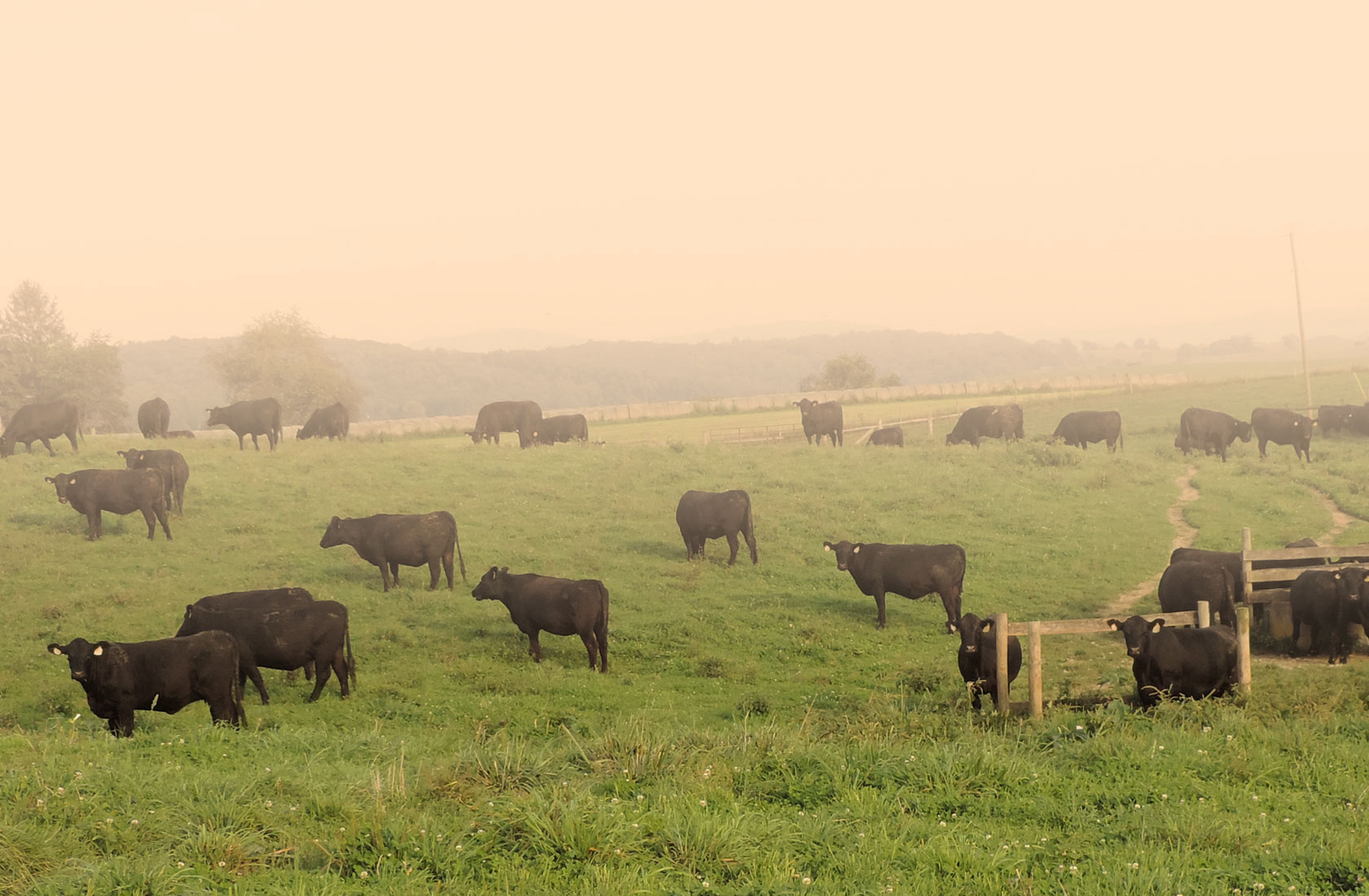US reduces beef exports as cattle herd shrinks

The United States is importing record amounts of beef this year and exporting less after ranchers slashed the nation’s cattle herd to its lowest level in decades, tightening margins for meat companies like Tyson Foods
by Tom Polansek – Reuters
The decline in cattle numbers, after years of drought fried pasture lands used for grazing, led to soaring U.S. beef prices. Higher prices incentivize companies to import cheaper beef and discourage U.S. beef purchases by buyers like China, Japan and Egypt.
“Cattle numbers are tight and getting tighter with domestic supplies facing significant declines this year”Analysts expect lower demand for U.S. beef and higher costs for cattle to translate into negative quarterly margins for Tyson’s beef business, its largest unit, for the first time this year. The company, one of four processors that slaughter about 85% of U.S. grain-fattened cattle, reports fourth-quarter earnings on Monday.
The U.S. Department of Agriculture (USDA) expects the U.S. to drop to the ranking of world’s fourth-largest beef and veal exporter this year, down from second in 2022.
U.S. beef exports are projected to sink 14% this year from 2022 to 3 billion pounds (about 1.4 million metric tons), the lowest since COVID-19 roiled meat processing and international trading in 2020, government data show. In 2024, when USDA expects U.S. production to decline further due to tight cattle supplies, exports are forecast to hit an eight-year low of 2.8 billion pounds.
U.S. beef exporters such as Tyson, Cargill and JBS face a “double whammy” from higher prices and strength in the U.S. dollar, which makes American products less attractive to other countries, said Pete Bonds, a Texas-based cattle producer.
“The future of this industry is not here in the United States,” Bonds said. “It’s offshore.”
For Tyson, the loss of U.S. export business compounds margin pressure from higher cattle prices, Goldman Sachs analysts said. U.S. beef exports typically command higher margins than domestic shipments, they said.
Goldman Sachs predicts margins will swing to negative 1.1% for Tyson’s beef business from positive 8% a year ago. Adjusted margins were 0.2% in Tyson’s second quarter this year and 1.6% in the third quarter.
Tyson CEO Donnie King in August warned low cattle inventories were leading to difficult export market conditions. The U.S. beef cow herd in January was the smallest since 1962.
Tyson has been reducing staff as its beef, chicken and pork units have struggled, with high prices prompting some Americans to eat less beef. The company said on Thursday it will close two plants in Florida and South Carolina where hundreds of workers cut and package meat.
Meatpackers can use imports to help manage through low margins and high-priced U.S. cattle, analysts said. They often import lean beef from countries such as Australia and New Zealand to blend with fattier U.S. supplies to make hamburgers.
The USDA on Thursday raised its forecasts for beef imports in 2023 and 2024 in a monthly report. The U.S. embassy in Paraguay said the United States next month will reopen its doors to Paraguayan beef after a quarter of a century.
Total U.S. imports from January through September were up about 6% from a year earlier, with Australian shipments climbing by 49%, according to government data.
The Livestock Marketing Information Center, which analyzes the livestock industry, projects U.S. beef imports will reach a record 3.7 billion pounds in 2023, topping the previous high of 3.4 billion pounds in 2015, director Katelyn McCullock said. In 2024, imports are forecast to rise to 4.2 billion pounds, another new record, she said.
“Beef prices are already at record high in retail,” McCullock said. “With domestic supplies facing significant declines this year, this product coming in is helping alleviate what that potential increase could be.”
Imports of live cattle from Mexico have also rebounded from a decline last year, with some placed into U.S. feedlots and later sent to slaughter, analysts said.
U.S. ranchers have not started to rebuild the domestic herd, producers and analysts said, with more than half the nation’s cattle in areas that are still abnormally dry. The number of heifers, or young female cows, in U.S. feedlots as of Oct. 1 was up 1.3% from a year earlier, signaling that producers are fattening them for slaughter instead of keeping them on farms to reproduce.
The rebuilding process will likely be slow, keeping a lid on exports, producers and analysts said.
“Cattle numbers are tight and getting tighter,” said Derrell Peel, agricultural economist for Oklahoma State University.













